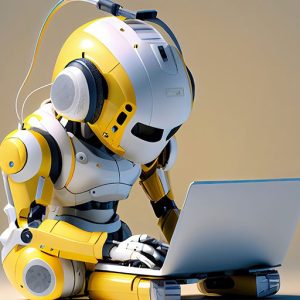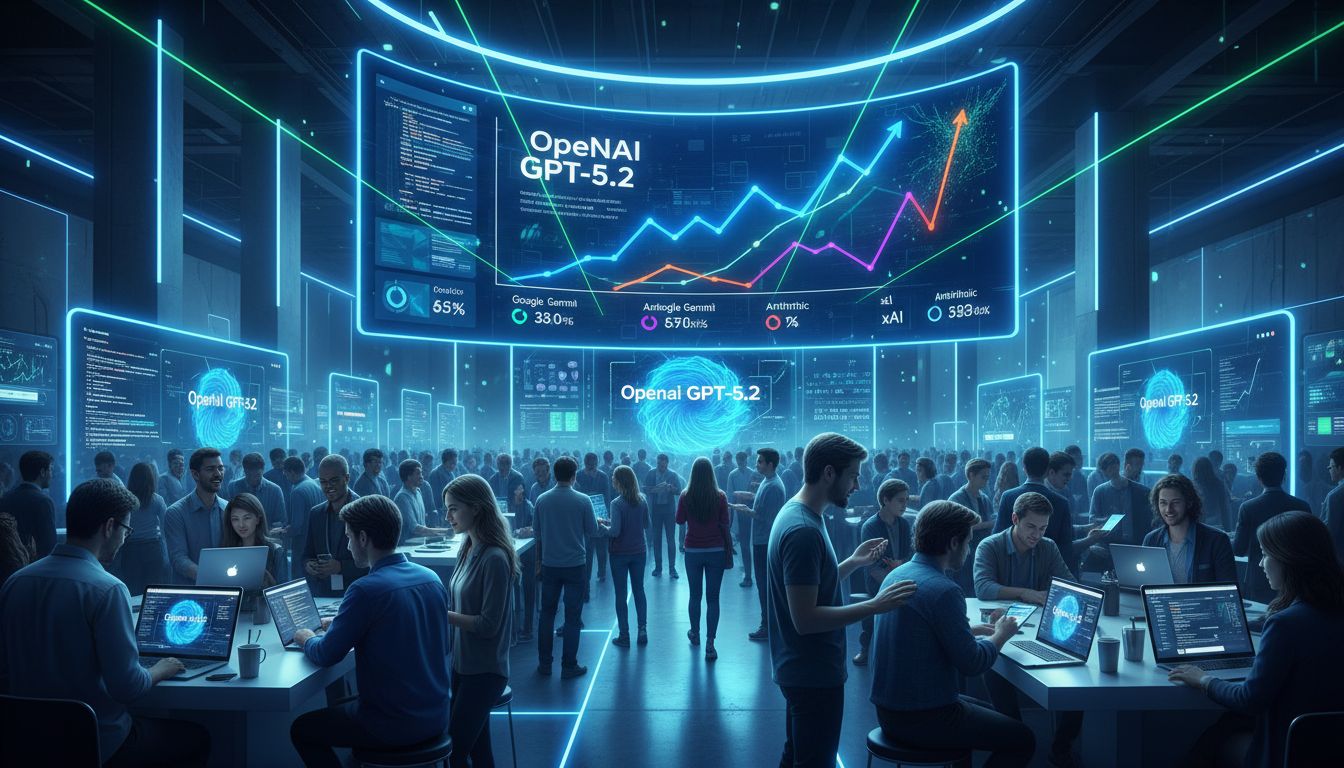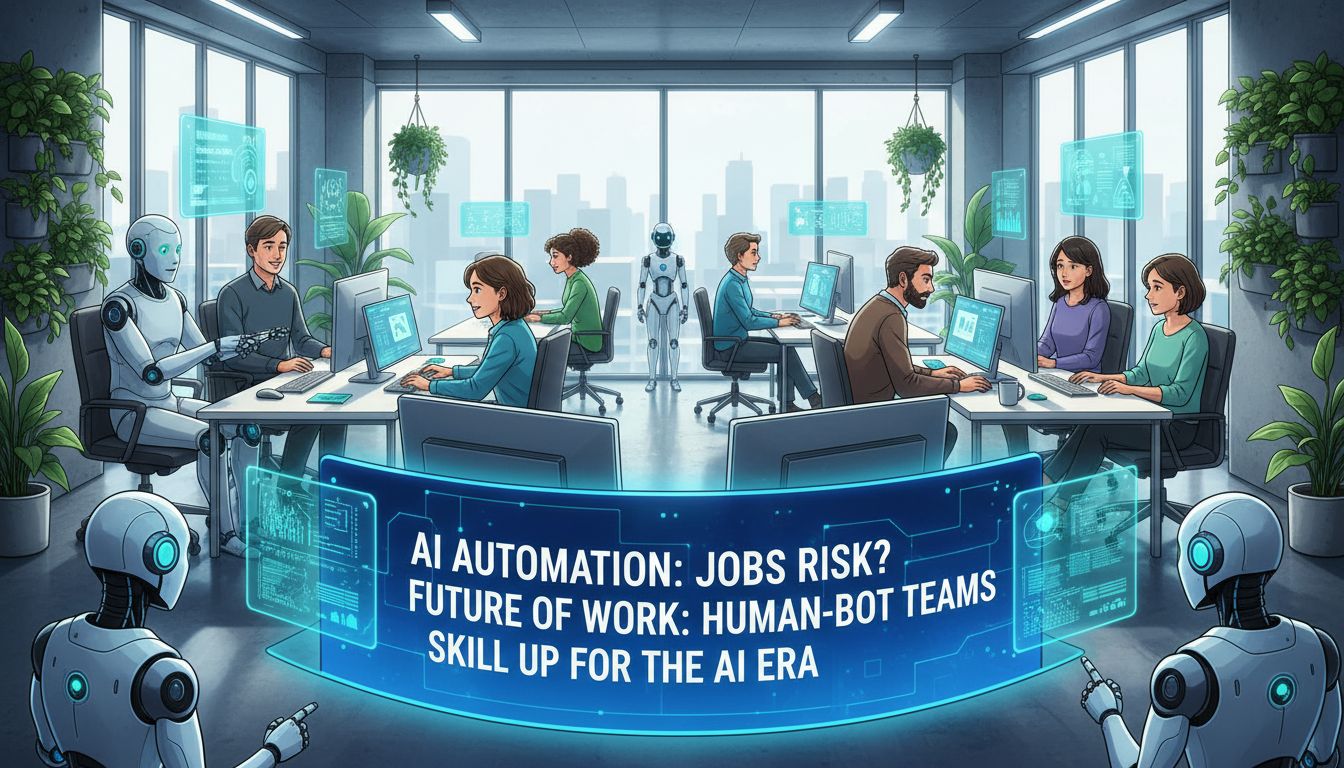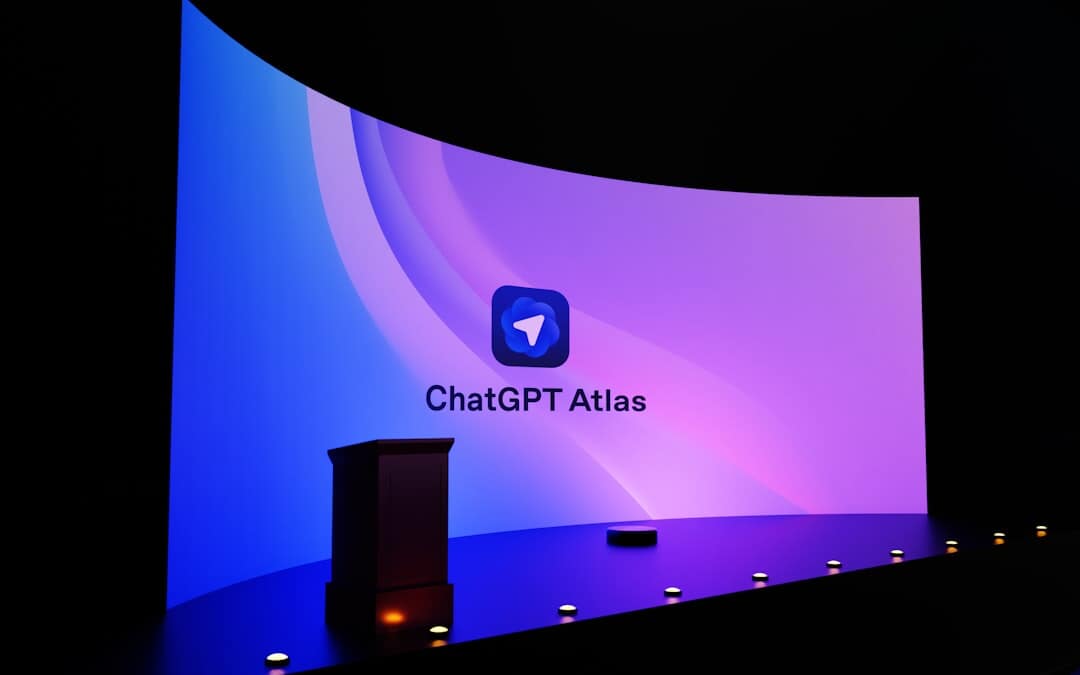The world of AI tech is constantly evolving, bringing forth groundbreaking innovations that have the potential to revolutionize various industries. In this article, we will explore the applications of AI tech in agriculture, robotics, healthcare and entertainment to understand how these advancements can revolutionize various industries.
Discover how Synecoculture is transforming agriculture through complex operations for managing diverse plant species and its potential benefits in increasing crop yields. Learn about the recent progress in robotics with resilient artificial muscles powering insect-scale aerial robots and WORMS technology enhancing lunar terrain mobility.
Lastly, we’ll discuss AI applications in healthcare with Gecko-inspired tiny robots aiding surgical procedures as well as its impact on the sports industry by streamlining film study processes using machine learning algorithms. Stay tuned to learn more about these exciting developments within the realm of latest AI tech.
Table of Contents:
- Synecoculture in Agriculture
- Complex Operations for Managing Diverse Plant Species
- Potential Benefits of Increased Crop Yields
- Advancements in Robotics
- AI Applications in Healthcare and Entertainment
- Frequently Asked Questions Latest Ai Tech
- Conclusion
Synecoculture in Agriculture
One of the latest AI tech developments making waves in agriculture is Synecoculture. This innovative farming method involves growing mixed plant species together at high density, resulting in a more diverse and sustainable ecosystem. Although it requires complex operations to manage these varying species with different growing seasons and conditions, Synecoculture has the potential to significantly increase crop yields.
Complex Operations for Managing Diverse Plant Species
The implementation of Synecoculture can be quite challenging due to the need for managing multiple plant species simultaneously. However, this is where artificial intelligence comes into play. By utilizing advanced algorithms and machine learning techniques, farmers can better understand how each plant interacts with one another within their specific environment. For example, some plants may require more sunlight or water than others; by understanding these needs through AI analysis, farmers can optimize their planting strategies accordingly.
A great resource on this topic is a study conducted by researchers from Tokyo University that demonstrates how AI technology could help optimize synecocultural systems (read here). The results showed promising improvements in both biodiversity and productivity when compared to traditional monocropping methods.
Potential Benefits of Increased Crop Yields
- Economic growth: With increased crop yields come higher profits for farmers who adopt Synecoculture practices – ultimately boosting local economies as well as global food production levels.
- Environmental sustainability: Growing diverse crops together promotes healthier soil ecosystems while reducing dependence on harmful pesticides and fertilizers often used in conventional agriculture practices (source).
- Food security: By increasing overall crop yields, Synecoculture can help address global food shortages and ensure a more stable supply of nutritious foods for all.
Incorporating AI technology into agriculture practices like Synecoculture is just one example of how the latest advancements are revolutionizing various industries. Staying up to date on the latest AI breakthroughs is crucial for us to make the most of these revolutionary advances.
Synecoculture in Agriculture has the potential to revolutionize crop production, with its complex operations and ability to increase yields. Moving on from this topic, advancements in robotics have made great strides towards creating resilient artificial muscles for insect-scale aerial robots as well as WORMS technology for lunar terrain mobility.
Advancements in Robotics
The world of robotics is witnessing groundbreaking innovations, with researchers developing resilient artificial muscles and the Walking Oligomeric Robotic Mobility System (WORMS). These advancements are set to revolutionize various industries, including space exploration and agriculture.
Resilient Artificial Muscles for Insect-Scale Aerial Robots
In a bid to create highly adaptable aerial robots, scientists have been inspired by insects’ ability to recover from severe damage. They’ve developed resilient artificial muscles that enable insect-scale aerial robots to regain flight performance effectively after sustaining significant harm. This technology has vast potential applications ranging from search-and-rescue missions in disaster-stricken areas to environmental monitoring tasks. You can read more about this fascinating development at this ScienceDaily article.
WORMS Technology for Lunar Terrain Mobility
Moving on other planets’ surfaces poses unique challenges due to their extreme terrain conditions. To tackle these obstacles, researchers have designed the Walking Oligomeric Robotic Mobility System (WORMS). WORMS is specifically created for lunar terrain mobility and could be instrumental in assembling structures on other celestial bodies like Mars or asteroids. The system’s design allows it to navigate through uneven surfaces efficiently while carrying payloads essential for building infrastructures such as habitats or research stations. For more information on how WORMS works, check out this detailed TechCrunch report.
- Key Takeaways:
- Resilient artificial muscles enable insect-scale aerial robots to recover flight performance after severe damage.
- The Walking Oligomeric Robotic Mobility System (WORMS) is designed for extreme lunar terrain mobility and could be used for assembling structures on other planets.
Robotics has seen tremendous advancements in recent years, from resilient artificial muscles to WORMS technology. These developments are paving the way for further AI applications in healthcare and entertainment, such as gecko-inspired tiny robots aiding surgical procedures and streamlining film study processes.
AI Applications in Healthcare and Entertainment
Artificial intelligence (AI) has been making waves across various industries, including healthcare and entertainment. From gecko-inspired tiny robots that could revolutionize surgical procedures to AI-powered tools streamlining the film study process for sports teams, these advancements are reshaping how we approach challenges and tasks.
Gecko-Inspired Tiny Robots Aiding Surgical Procedures
In the medical field, researchers have drawn inspiration from geckos’ unique gripping ability to develop tiny robots that may one day assist doctors during surgery. Geckos can effortlessly cling to surfaces due to their specialized adhesive foot pads called setae. By mimicking this natural mechanism, scientists have created small robotic devices capable of navigating complex environments within the human body with ease.
- Potential applications include targeted drug delivery or precise tissue manipulation during minimally invasive surgeries.
- The potential of this technology could result in quicker healing times and lower risks of problems for those receiving medical care.
AI Streamlining Film Study Process in Sports Industry
Beyond healthcare, AI is also transforming the world of sports by automating time-consuming tasks like analyzing game footage. In both NFL and college football teams, coaches traditionally spend countless hours reviewing films manually – a tedious process that can now be streamlined using advanced algorithms designed specifically for this purpose.
allow for:
- Automated identification of key plays and patterns, saving coaches valuable time.
- Predictive analytics to help teams make data-driven decisions on strategy and player performance.
In addition to its applications in sports, AI is also being used to predict treatment outcomes in healthcare settings. For example, researchers have developed algorithms that can accurately forecast the effectiveness of chemotherapy prior to surgery – a significant breakthrough for personalized medicine. By leveraging these insights, doctors can tailor treatments more effectively based on individual patient needs and circumstances.
Frequently Asked Questions Latest Ai Tech
What is the latest technology in AI?
The latest technology in AI includes advancements such as Synecoculture for sustainable agriculture, resilient artificial muscles for insect-scale aerial robots, and WORMS technology for lunar terrain mobility. Additionally, there are gecko-inspired tiny robots aiding surgical procedures and AI applications streamlining film study processes in sports. These innovations showcase the versatility of AI across various industries.
What is the most advanced AI right now?
The most advanced AIs currently are large-scale language models like OpenAI’s GPT-3, which can generate human-like text based on given prompts. Other examples include DeepMind’s AlphaGo and its successor AlphaZero that have demonstrated superior performance in complex strategy games like Go and Chess.
What are the five major artificial intelligent (AI) technologies?
- Natural Language Processing (NLP): Understanding, interpreting, and generating human languages.
- Maching Learning: Algorithms that learn from data to make predictions or decisions without explicit programming.
- Computer Vision: Analyzing visual information from images or videos to recognize objects or patterns.
- RPA (Robotic Process Automation):Automation of repetitive tasks using software bots with limited decision-making capabilities.
- Cognitive Computing:An interdisciplinary approach combining machine learning, reasoning, perception & interaction to create systems that mimic human cognitive abilities.
Conclusion
As AI technology progresses, we are presented with an array of opportunities to improve our lives in a variety of areas such as robotics, healthcare and entertainment. With the latest ai tech, we are seeing major advances in robotics, healthcare and entertainment applications as well as synecoculture in agriculture that can revolutionize our lives for the better. We should continue to stay informed on all new developments so that we can make use of these amazing opportunities when they become available.
Check out our other articles for the Newest AI content.






